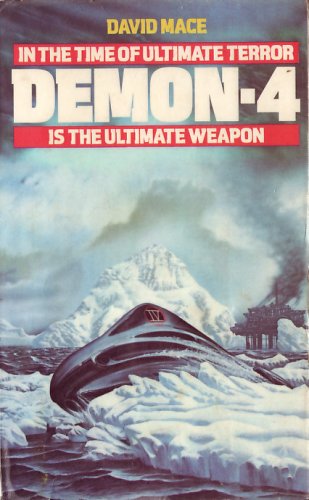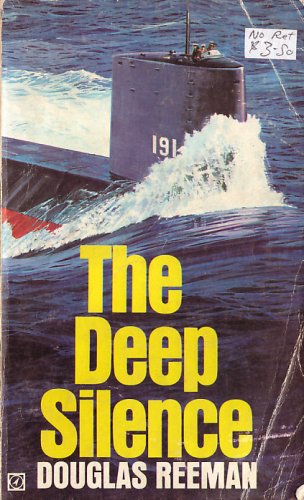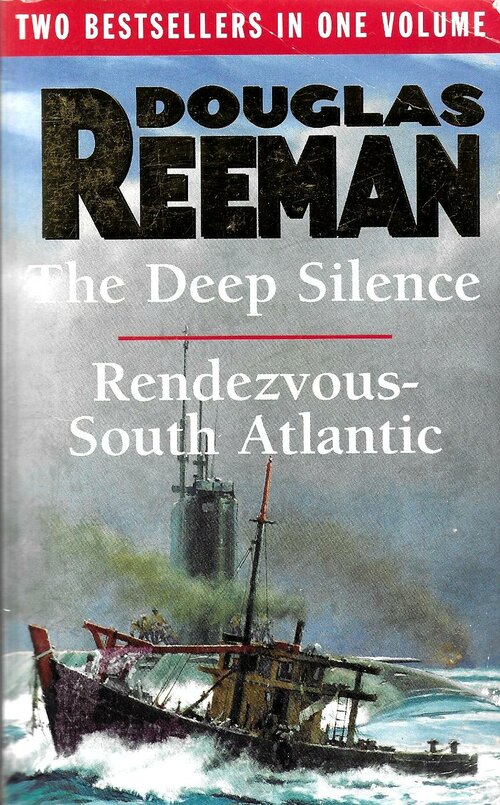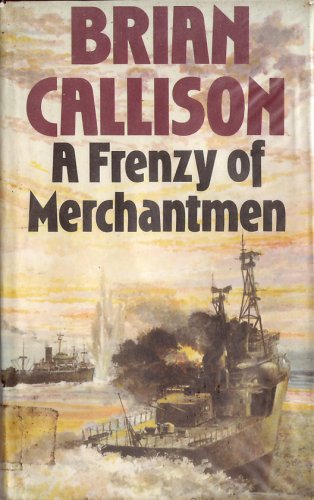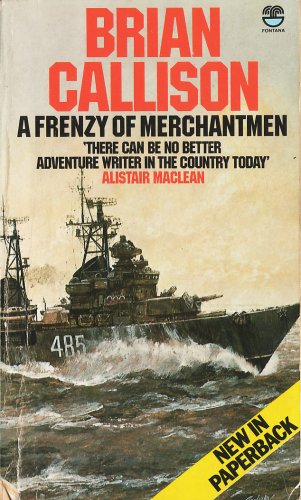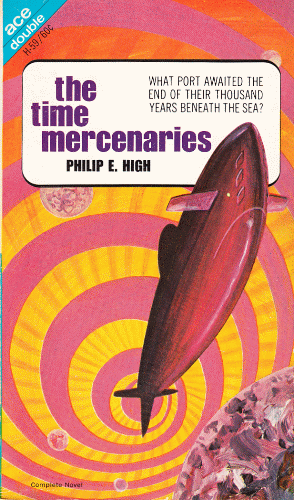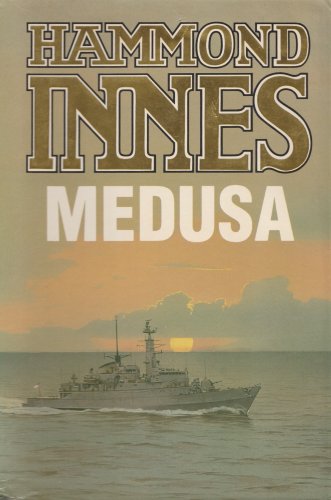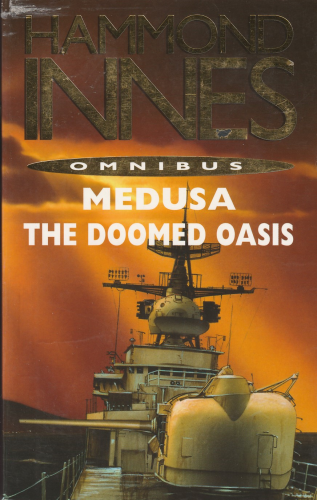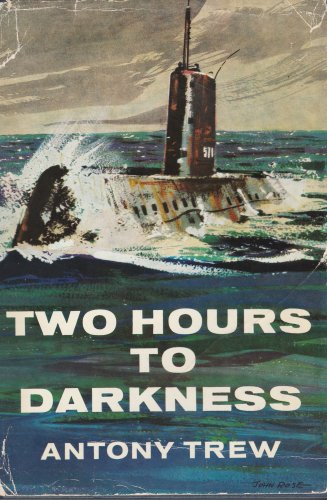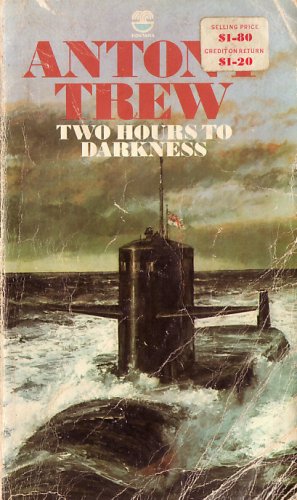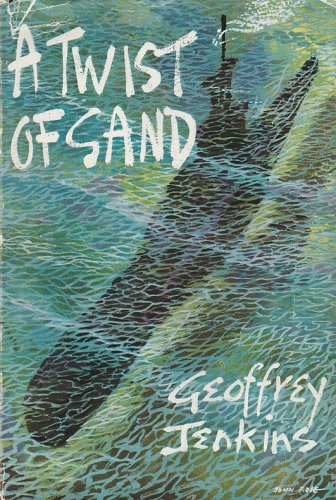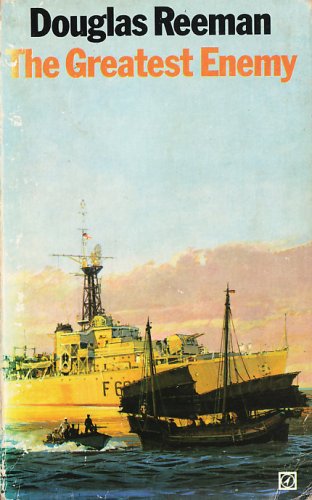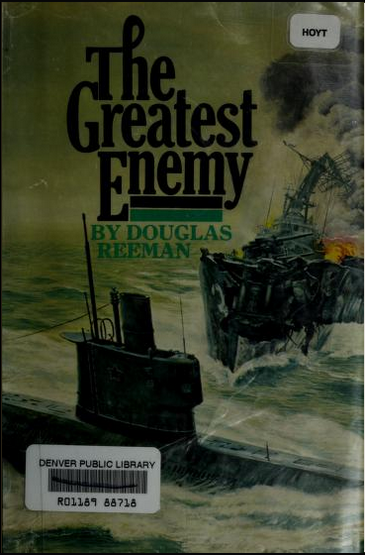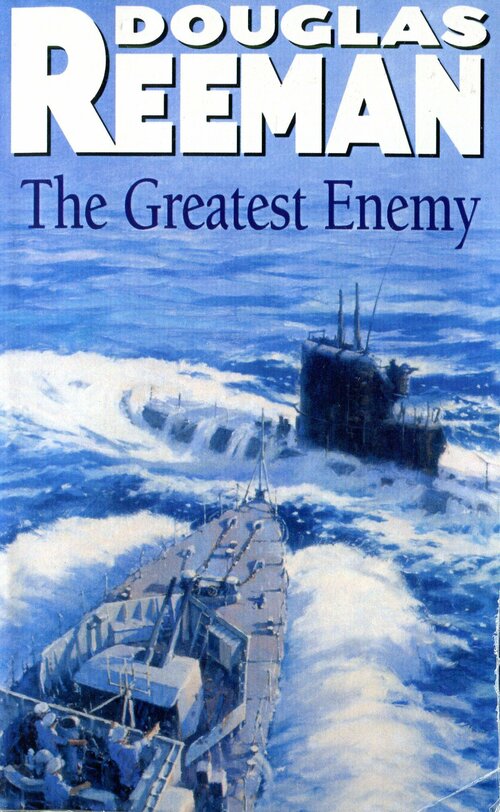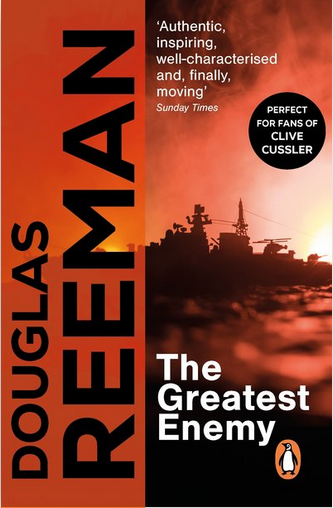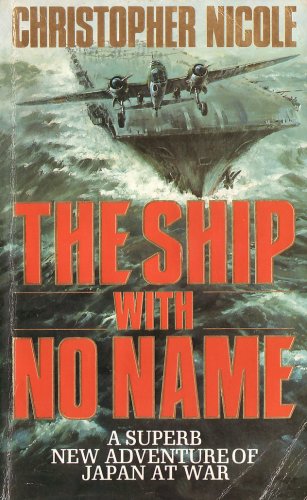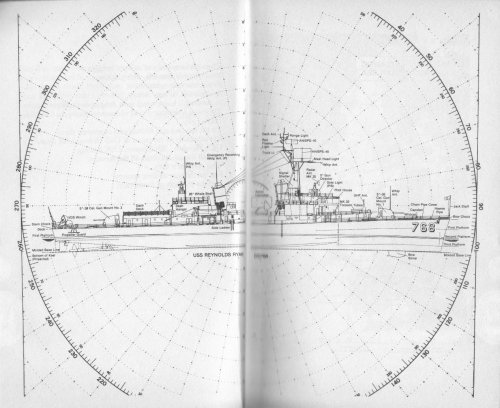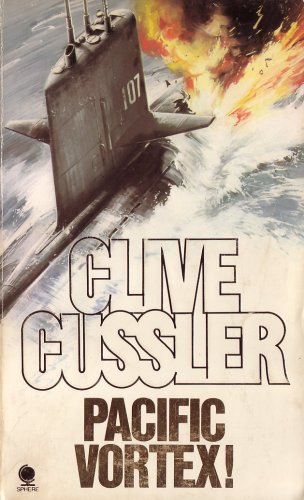- Joined
- 16 December 2010
- Messages
- 2,828
- Reaction score
- 2,050
This thread is effectively a relaunch of the "Fictional Never-Were" thread from Warship Projects 3.0.
It covers fictional warships in novels such as:
USS John F Kennedy (BCGN-???) (Joe Poyer: North Cape, 1969)
First up...
John Watson: The Final Act, 2000
Germany
Hindenburg
Bismark Class Battleship (Third member of class)
Has been converted into a monitor.
Hull dimensions are the same as the real ships.
Armament: 4 x 15inch Guns (Turrets 'Anton' & 'Bruno') & 16 3.7 cm guns (8 twin turrets)
Propulsion: 2 Diesel engines driving a single shaft, maximum speed 12 knots.
Armour has been greatly thickened compared to the Bismark and Tirpitz
United Kingdom
HMS Trent
York Class Cruiser (Third member of class.)
Details as per the real ships.
Plot Summary: Nazi Germany sends the Hindenburg to bombard Washington in 1945 (Unknown to the captain the real plan is to transport $89,000,000 worth of gold to the US.). The monitor battles with HMS Trent and sinks her by ramming. A mutiny then takes place after the crew discover the gold. The ship is abandoned in Greenland and lies abandoned until a Dot-Com millionaire salvages the ship so he can use it as the center-piece of a theme park he plans to build.
After arriving at Washington the ship is boarded by a 'Sovereign Citizen' who somehow manages to fire one of the main guns at the White House (He misses). A Harpoon missile is fired at the Hindenburg by USS Clark (FFG-11) (A real ship.), which explodes but does not damage the ship, however does it break apart after running aground after the tow ropes are cut.
Note: This is the authors second novel, the first novel 'The Iron Man' (1998) is also covered in this thread.
It covers fictional warships in novels such as:
USS John F Kennedy (BCGN-???) (Joe Poyer: North Cape, 1969)
First up...
John Watson: The Final Act, 2000
Germany
Hindenburg
Bismark Class Battleship (Third member of class)
Has been converted into a monitor.
Hull dimensions are the same as the real ships.
Armament: 4 x 15inch Guns (Turrets 'Anton' & 'Bruno') & 16 3.7 cm guns (8 twin turrets)
Propulsion: 2 Diesel engines driving a single shaft, maximum speed 12 knots.
Armour has been greatly thickened compared to the Bismark and Tirpitz
United Kingdom
HMS Trent
York Class Cruiser (Third member of class.)
Details as per the real ships.
Plot Summary: Nazi Germany sends the Hindenburg to bombard Washington in 1945 (Unknown to the captain the real plan is to transport $89,000,000 worth of gold to the US.). The monitor battles with HMS Trent and sinks her by ramming. A mutiny then takes place after the crew discover the gold. The ship is abandoned in Greenland and lies abandoned until a Dot-Com millionaire salvages the ship so he can use it as the center-piece of a theme park he plans to build.
After arriving at Washington the ship is boarded by a 'Sovereign Citizen' who somehow manages to fire one of the main guns at the White House (He misses). A Harpoon missile is fired at the Hindenburg by USS Clark (FFG-11) (A real ship.), which explodes but does not damage the ship, however does it break apart after running aground after the tow ropes are cut.
Note: This is the authors second novel, the first novel 'The Iron Man' (1998) is also covered in this thread.
Last edited:

